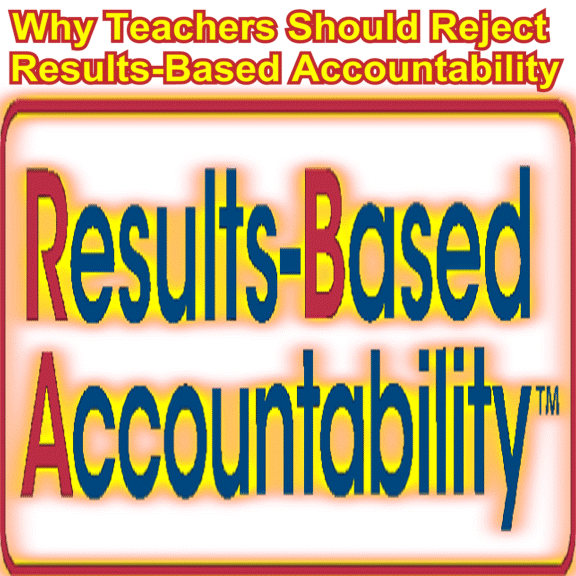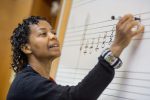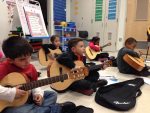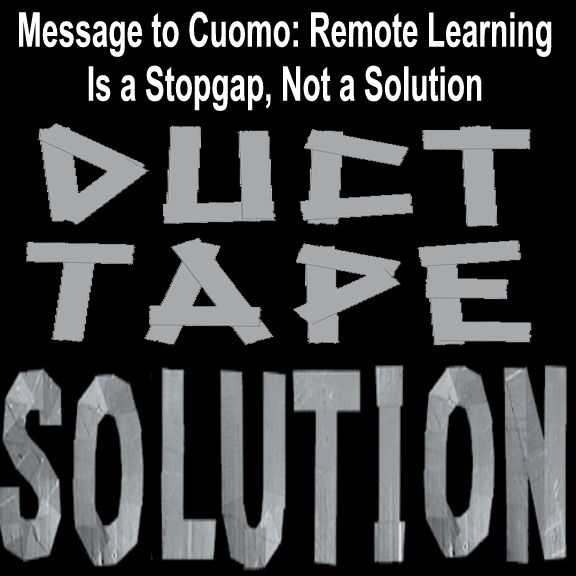An Open Letter to Governor Cuomo on Education Policy from Fordham Alum Carrie Anne Tocci
Dear Honorable Governor Cuomo:
I have respect for the Cuomo family.
My first full-time teaching job was at La Scuola D'Italia in Manhattan. Your mom visited once, and I found her to be eloquent when she spoke about the importance of education, and a one-on-one mentoring program in place in our state. Your dad sat next to my mom when she was a member of a coalition of concerned moms who sought to raise the drinking age in our state in the '80s, following several tragic accidents.
I am an adoptee and in February, due to the amendment of section 4138 of public health law you signed off on January 15, 2020, I received my original adoption papers--a landmark moment in my life. Personally, I appreciate your support with this issue, and leadership during this difficult time in our nation’s history, while we part ways on your recent comments in support of the Gates Foundation, and your wonderings about why the “old model” of education persists.
As an educator, I do have some -- I hope -- useful feedback for you.
I've seen/heard other government representatives preach on education, following this up with the assignment of education leaders who have zero education experience/credibility. This suggests that anyone can teach or lead teachers who guide students.
I agree with you that we have been teaching 21st-Century learners with 20th-Century methods but we need to merge, not replace one for another but this must be done thoughtfully. CONTINUE READING: With A Brooklyn Accent: An Open Letter to Governor Cuomo on Education Policy from Fordham Alum Carrie Anne Tocci






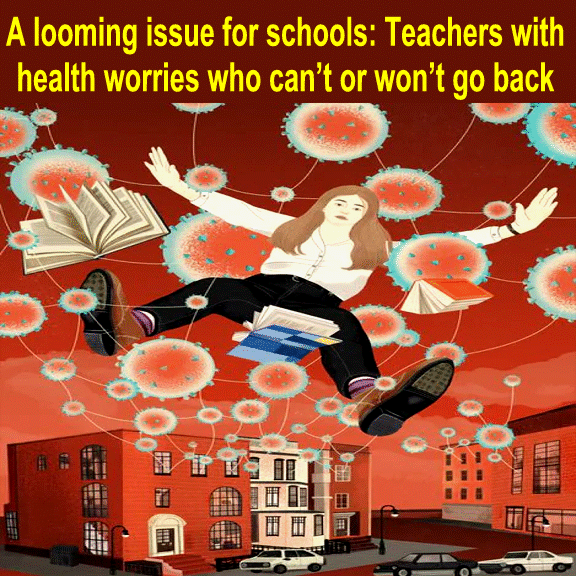
:no_upscale()/cdn.vox-cdn.com/uploads/chorus_asset/file/19955173/Belinda.jpeg)


